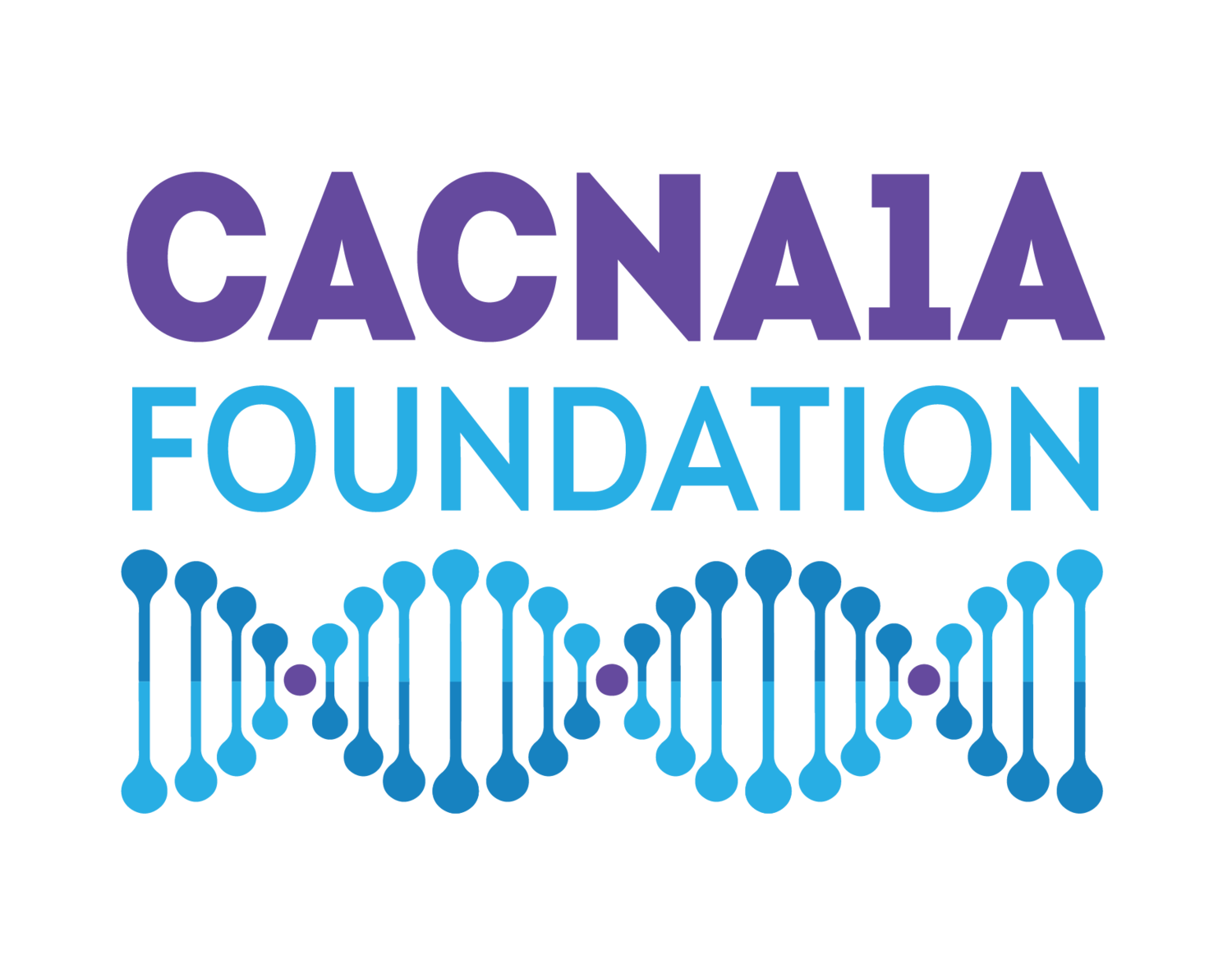Molecular and Functional Mechanisms Underlying Cortical Activity in CACNA1A Epilepsy
$57,450 Grant | Awarded January 2025
Fikrey Birey, Ph.D. | Principal Investigator, Department of Human Genetics, Department of Pediatrics, Emory University
Summary: This proposal focuses on studying genetic mutations in the CACNA1A gene, which are known to cause a severe neurodevelopmental condition chiefly characterized by epilepsy and cerebellar ataxia. Our team will implement 3D models of human cortical development, namely forebrain assembloids, derived from induced pluripotent stem cells carrying two types of mutations: loss-of-function (LOF) and gain-of-function (GOF). These models will help to better understand how different brain cell types, specifically glutamatergic (excitatory) and GABAergic (inhibitory) neurons, are impacted by these mutations. The study has three main objectives: first, to identify gene expression changes in neurons affected by the mutations; second, to examine how neuronal functions, such as signaling, are altered; and third, to test the effectiveness of a potential therapy known as antisense oligonucleotides (ASOs) in correcting the effects of GOF mutations. This work addresses critical gaps in our understanding by using human-specific models, offering more relevant insights than animal studies, and potentially leading to new treatments for disorders linked to CACNA1A mutations.
Fikri was born in Nicosia, Cyprus. As a Fulbright Scholar, he received his BS in Biology with Honors from the University of Kansas in 2008 and his PhD in Genetics from Stony Brook University in 2014 on neuroglial interactions in stress-related disorders. He completed his postdoctoral training at Stanford University in 2021 in the laboratory of Sergiu Pasca, where he developed the forebrain assembloid platform and applied it to understand how neurodevelopmental disorders emerge during human cortical development.

